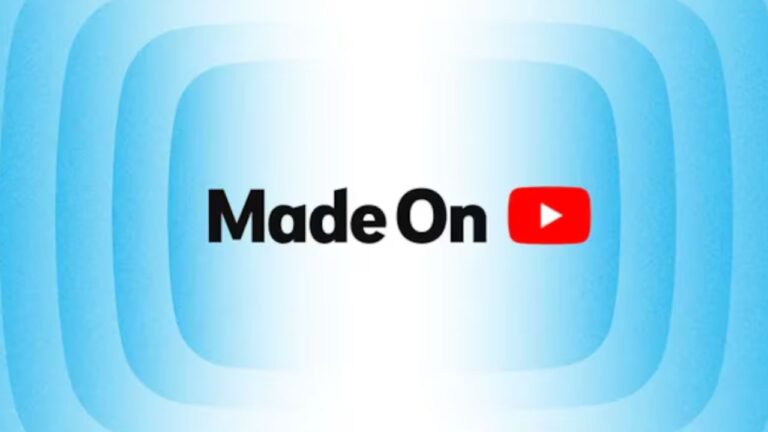
Image Source: NASA
NASA has taken another giant leap in its mission to explore the Moon by selecting three companies to develop the next generation Moon buggy for Artemis missions. This significant step marks a pivotal moment in space exploration, paving the way for advanced technologies and enhancing astronauts’ capabilities on the lunar surface.
Table of Contents
ToggleMeet the Chosen Companies
NASA has chosen three companies – Intuitive Machines, Lunar Outpost, and Venturi Astrolab – to undertake the development of the Lunar Terrain Vehicle (LTV). With a contract worth up to $4.6 billion, these companies are entrusted with the crucial task of designing a vehicle capable of navigating the challenging terrain of the Moon’s South Pole.
Purpose of the Lunar Terrain Vehicle (LTV)
The LTV serves as a successor to the iconic Lunar Roving Vehicle used during the Apollo missions. Designed to operate in extreme lunar conditions, it will facilitate surface exploration, sample collection, and transportation of scientific equipment. This vehicle is integral to advancing lunar exploration and enabling groundbreaking scientific endeavors.
Key Features and Requirements
NASA emphasizes the importance of incorporating advanced technologies into the LTV, including autonomous driving, power management, communications, and navigation systems. These features are essential for ensuring the vehicle’s safety and performance on the lunar surface. Additionally, the LTV must meet strict technical specifications set by NASA to fulfill its intended purpose effectively.
Mission Timeline and Objectives
The LTV is planned for deployment during the Artemis 5 mission, where it will undergo rigorous testing and validation. Each selected company will commence with a feasibility study, followed by a preliminary design phase and a demonstration mission. Despite delays in Artemis missions, NASA remains committed to providing ample time for the companies to meet technical requirements and ensure the success of the LTV project.
Procurement as a Service
NASA intends to procure the LTV as a service, utilizing an indefinite-delivery/indefinite-quantity contract structure. This approach allows for flexibility in meeting evolving mission needs while maintaining a focus on milestone-based payments and adherence to strict technical specifications.
Conclusion
The development of the Lunar Terrain Vehicle represents a significant milestone in NASA’s Artemis program, marking a renewed commitment to exploring the Moon and beyond. With advanced technologies and innovative design, the LTV will play a crucial role in advancing lunar exploration, enabling astronauts to conduct groundbreaking scientific research and paving the way for future space exploration endeavors.
FAQs
The Artemis mission is NASA’s program aimed at returning humans to the Moon, with the goal of establishing a sustainable presence there and preparing for future missions to Mars.
NASA requires a new Moon buggy, or Lunar Terrain Vehicle (LTV), to enhance astronauts’ capabilities for surface exploration, sample collection, and scientific research on the Moon’s challenging terrain.
NASA has selected Intuitive Machines, Lunar Outpost, and Venturi Astrolab to undertake the development of the Lunar Terrain Vehicle (LTV).
The next Moon buggy is termed as the Lunar Terrain Vehicle (LTV), serving as a successor to the iconic Lunar Roving Vehicle used during the Apollo missions.
The LTV will incorporate advanced technologies such as autonomous driving, power management, communications, and navigation systems to ensure safe and efficient operation on the lunar surface.
The LTV is planned for deployment during the Artemis 5 mission, where it will undergo rigorous testing and validation before being used for surface exploration.
NASA has awarded a contract worth up to $4.6 billion to the selected companies for the development of the Lunar Terrain Vehicle (LTV).
The LTV will facilitate surface exploration, sample collection, and transportation of scientific equipment, enabling astronauts to conduct groundbreaking research and advance our understanding of the Moon.
Yes, the LTV is designed to operate in extreme conditions at the Moon’s South Pole, where temperatures can vary significantly and terrain can be challenging.
NASA intends to procure the LTV as a service, utilizing an indefinite-delivery/indefinite-quantity contract structure, with a focus on milestone-based payments and adherence to strict technical specifications.




